We are so heavily invested in electronic devices in this age of digital technology that we barely notice what a huge part of our daily lives they’ve become. As with most things we consume, there’s bound to be waste; and at the rate we’re consuming technology and hardware – with something newer and better popping up every other week – e-waste has become a serious concern.
 Tan Ching Hwee, Founder, myhalo
Tan Ching Hwee, Founder, myhalo
With a vision to promote sustainable practice within the tech industry, as well as champion a culture that carves a healthy cycle of electronic consumerism, myhalo was launched and has since embarked on a quest to achieve zero e-waste.
myhalo promotes learning, as well as changing the way we view our mobile device lifespans, highlighting a circular economy and the impacts of e-waste on the environment through a physical and online space.
To find out more about the company's mission and the impact of e-waste, we spoke to myhalo's founder, Tan Ching Hwee.
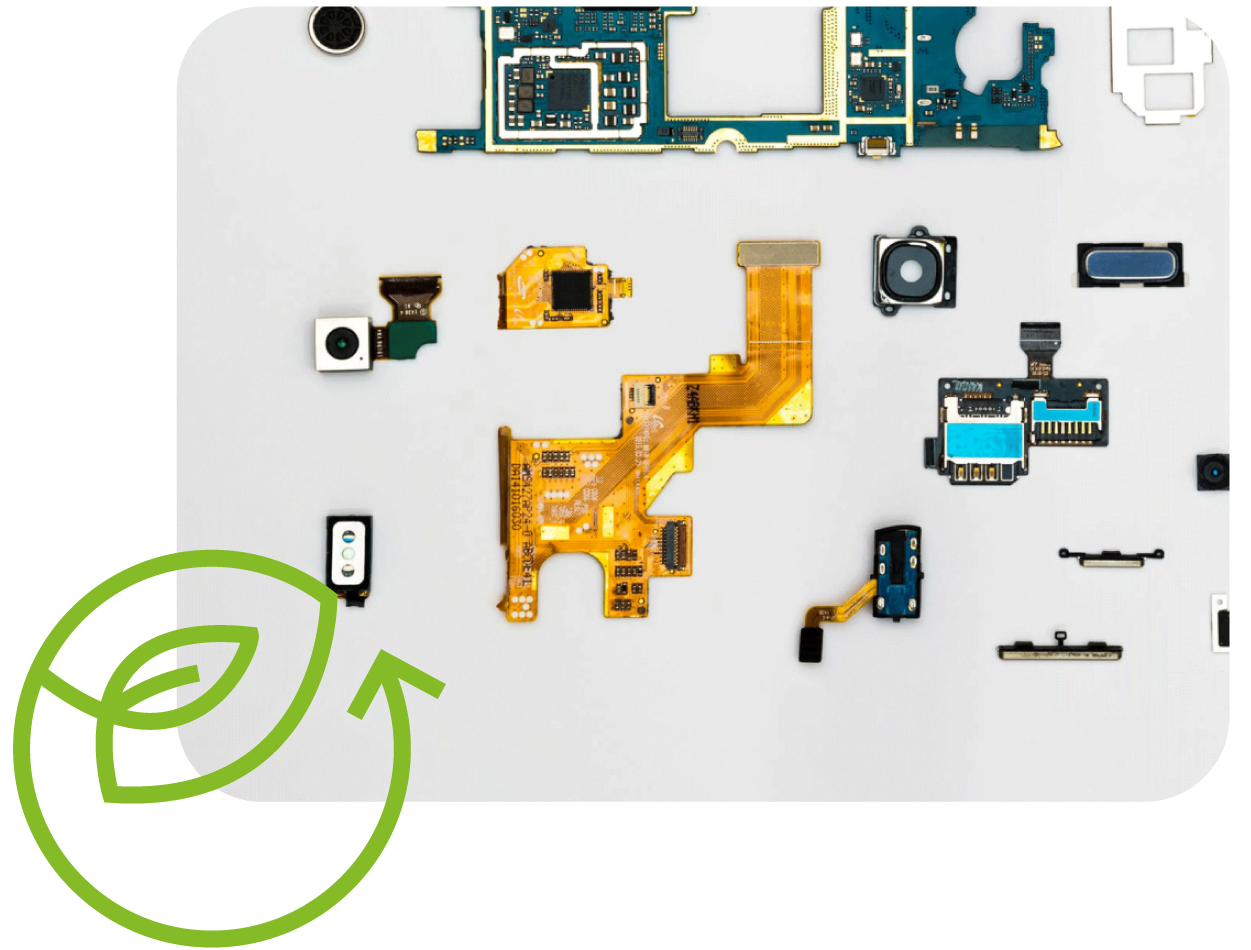
Even with our heavy reliance on electronics and digital technology, many people still do not realize or understand the extent of e-waste on our environment.
In 2022, the WEEE Forum estimated that out of the 16 billion mobile phones worldwide, 5.3 billion will become waste in the same year, and only a small fraction will be properly disposed – even less are then put back into the circular economy.
There are many precious metals like gold, silver, and copper that can be extracted from phones. If they are not properly disposed, it will result in heavy pollution of our environment. For example, burying these devices will cause heavy metals to seep into underground water and incinerating them will release poisonous gases into our environment.
How exactly can we do our part to minimise e-waste?
It’s not actually about finding a place to dispose of e-waste as there are e-waste disposal bins at convenient and strategic locations around the island. I think the main problem lies in the fact that there are no established processes or services on the market to properly determine whether devices are e-waste. Thus, to most consumers, without the resources to determine whether a device is e-waste, the most typical decision would be to hoard it at home. This is especially so when the estate of these devices are relatively small.
At myhalo, we are encouraging consumers to join our community so that we can better share best practices to “decommission” their devices. At the same time, we also provide them with avenues to participate in a circular economy by upcycling or donating their devices with us, rescuing and extending the lifespan of their devices through proper maintenance or minor repairs, and buying an in-circulation or pre-circulation device from us when they need to use it and trade it back in once the need ceases.
How much of a concern is e-waste at the moment?
In my opinion, we’re already at a critical stage. Ownership of electronics has reached saturation stages in developed countries. In developing countries, the numbers are growing exponentially. However, solutions on the market to solve e-waste are still relatively superficial, unlike with many other waste types.
How far-reaching is the impact of e-waste on our future?
Global e-waste generation is projected to increase 30% from 59.4 metric tons in 2022 to 74.7 metric tons in 2030.
Not forgetting that we are now embedding more electronic components for our smart homes and smart toys, these numbers could even be much higher. E-waste is the fastest growing category of waste right now, while the number of actions taken to solve e-waste is still the lowest amongst other waste.
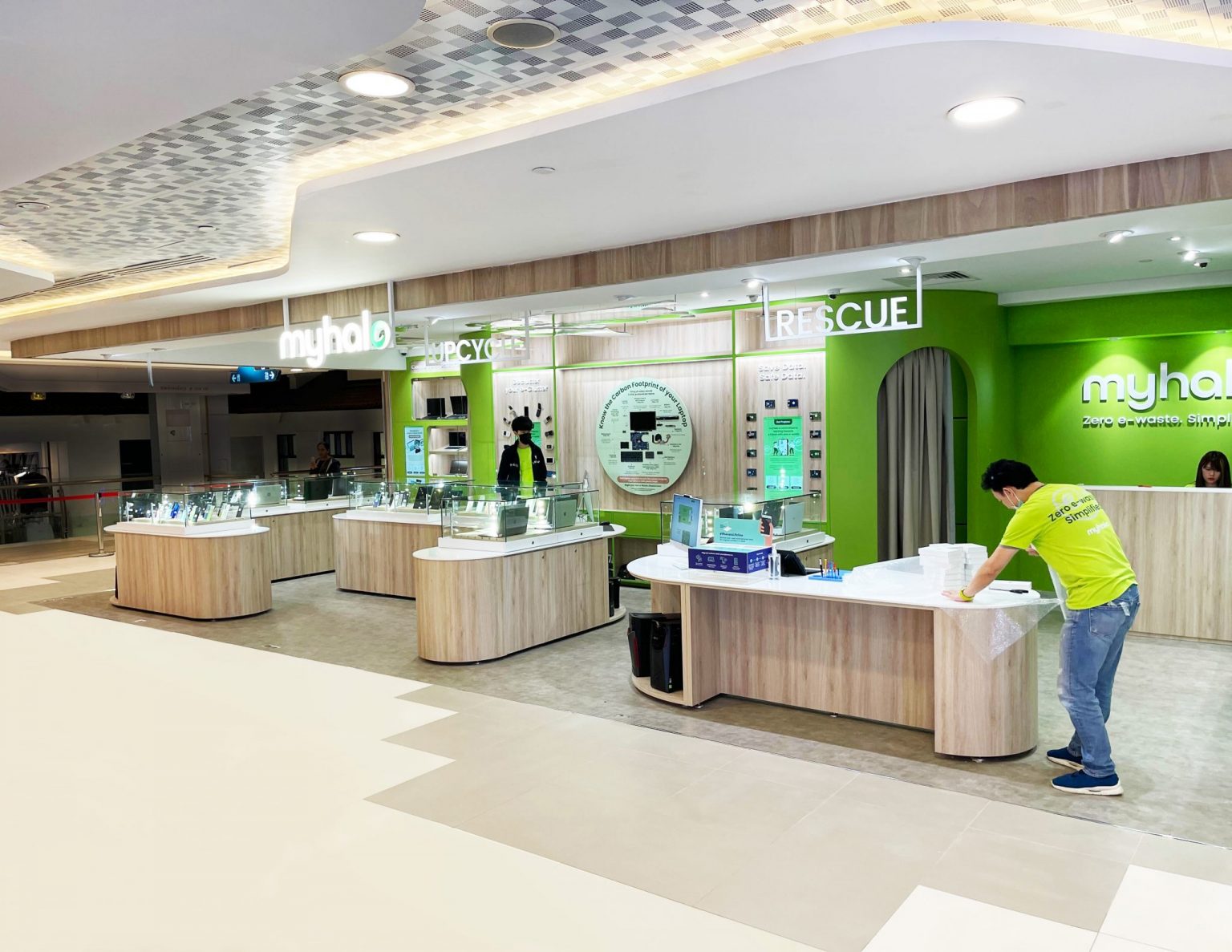
What are our alternatives? How else should people deal with old, unwanted, or outdated electronics?
Yes, there are alternatives in the market. Many people actually get their friends to help them with data migration and data erasure, as well as offloading their used devices on platforms like Carousell.
What we do at myhalo is provide a single point of contact that helps consumers deal with unwanted electronics conveniently, safely, and responsibly. Our services aid and resolve consumers’ concerns with data, trade-in price, and more, before returning their devices back into the circular economy through our proprietary business process.
Do e-waste concerns affect only those with high disposable incomes?
No. In fact, our focus is the opposite. Those with high disposable incomes already have a free economy driven by market forces.
Our key to solving e-waste issues is to focus on devices that are partially working, or not working to the owner’s satisfaction. Owners would usually face difficulties in determining whether to “condemn” their devices as e-waste. This is where we really shine. The way our platform is built focuses a lot more on inclusivity and adaptability so that our processes can be used across a full range of ICT devices and their varying working conditions. At myhalo, we aim to “Harness All Objects”.
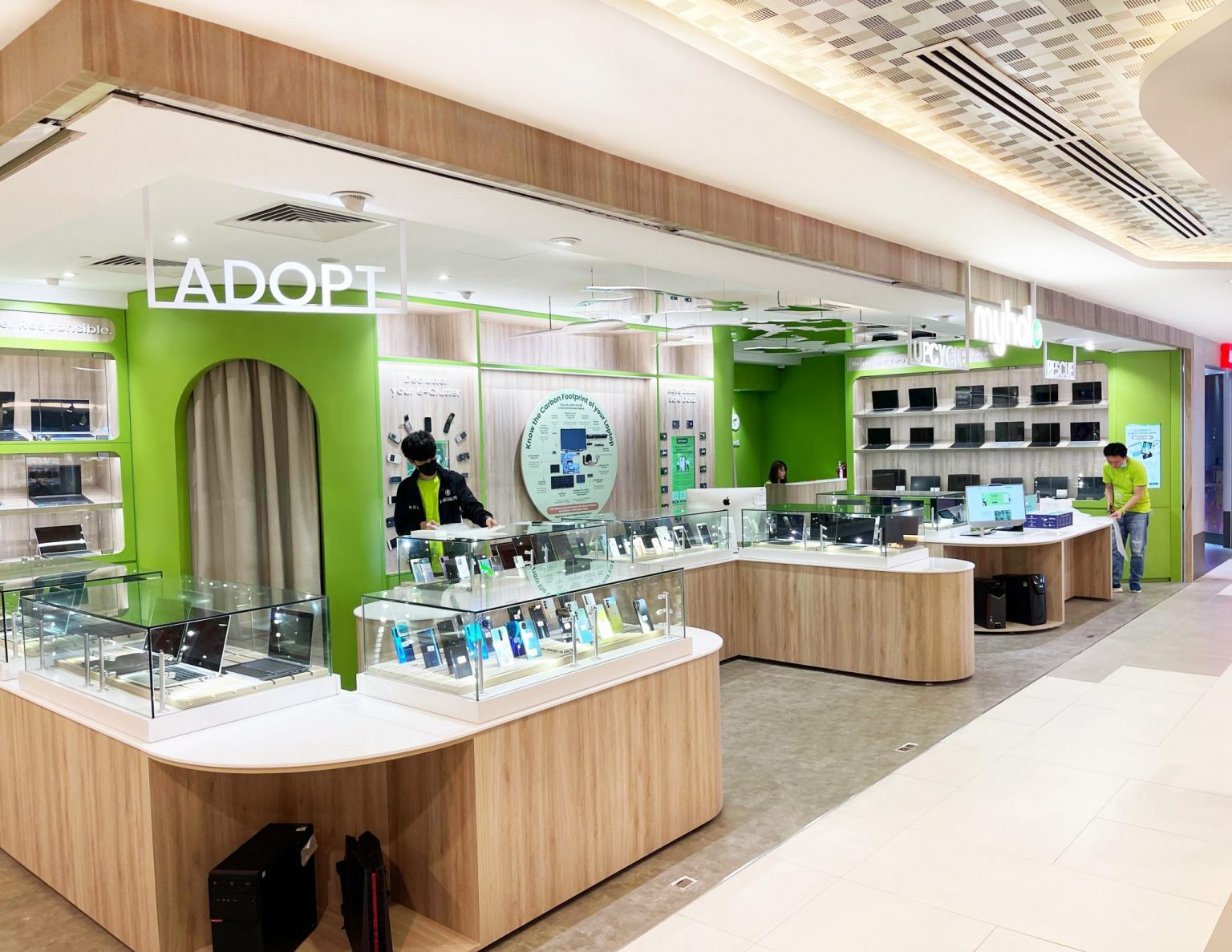
How do you hope to grow myhalo? What’s the direction that you envision with the creation of communities around myhalo?
We hope to build communities and spread awareness of what a zero e-waste lifestyle is. Only with communities of a critical mass is it possible for us to reach our vision of a zero e-waste world.
Through initiatives like further research to determine just how much carbon footprint a device can reduce simply by extending its life, myhalo is taking its first steps towards substantial e-waste reduction.
Boasting a $1.5million Quote & Go system, myhalo is able to intelligently and accurately assess the trade-in value of digital devices, churning out over 150,000 possible outcomes with a guaranteed trade-in price to let users conveniently and easily consider their best options.
Do you have devices at home that you’d like to trade-in or dispose of efficiently? Find more information about myhalo on their website here







 Tan Ching Hwee, Founder, myhalo
Tan Ching Hwee, Founder, myhalo




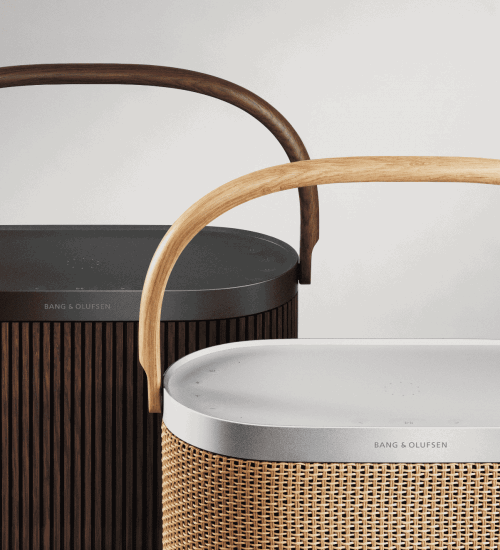
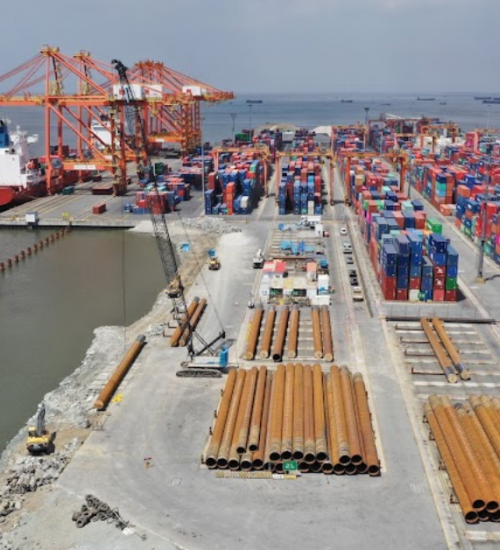
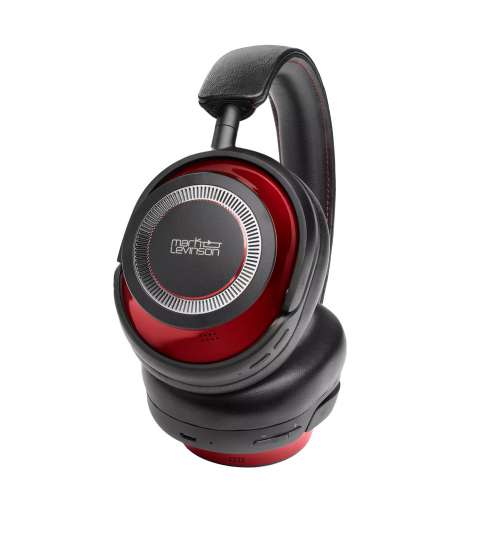
 Back
Back
